Long backed dogs are always at increased risk of spinal injury.
Not just breeds like Dachshunds or Basset Hounds, but many dogs with an unusually long back, or spinal malformation, including crossbreed dogs.
Discussions go back and forth about human interference in dog breeding, but what can we do for our pets right now?
Teaching your long backed dog simple exercises from an early age will help keep them strong, whatever lifestyle they enjoy.
Start your best friend young - training to stand still while paws are examined, and walking slowly and invaluable balance exercises.
Walking (or even running if they must) up and down a ramp to the sofa reduces repetitive strain and the risk of injury jumping up and down, as well as training in balance control
Play ground level games. Fetching or retrieving from under low obstacles, but make sure you can reach abandoned toys/treats yourself.
Repeat stretching and balancing exercises daily will maintain core muscle strength to support a health spine throughout their lives.
Don’t over exercise initially, if you have not done these things with your dog before keep sessions short.
Co-Ordination Training and Strengthening Exercises
Co-ordination training may involve static balancing on all 4, 3 or 2 limbs, with either voluntary pertubations such as head turning to take treats from either side, or manual disturbances by gently pushing slightly off balance
Movement training on different surfaces can also improve strength and mobility.
Controlled walking on foam, over obstacles such as broom handles or hose pipes, through tall grass, in bush-land areas, or in shallow water all help to improve balance and co-ordination.
Movements that require higher levels of proprioception (body awareness), such asbacking up, walking in circles, stand - sit -down (drop) should be practiced regularly.
Set up a route around the house (with toy or play rewards at each station) so you can have fun doing these exercises with your dog every day.
If your dog is already suffering back pain or weakness when walking please get them examined by your vet before commencing any active exercise program.
"Controlled exercise has shown to be a clearly effective treatment for chronic low back pain in humans. General exercise as well as stabilising exercises were able to reduce pain in chronic low back conditions."
Movement training on different surfaces can also improve strength and mobility.
Controlled walking on foam, over obstacles such as broom handles, or hose pipes, through tall grass or in shallow water all help to improve balance and co-ordination.
Movements that require higher levels of proprioception (body awareness) such as backing up, walking in circles, stand - sit - down (drop) should be practiced regularly.
Set up a soute around the house (with toy or play rewards at each station) so you can have fun doing these exercises with your dog every day.
If your dog is already suffering back pain or weakness when walking, please get them examined by your vet before commencing any active exercise program.
Controlled exercise is shown to be a clearly effective treatment for chronic low back pain in humans. General exercise as well as stabilising exercises are able to reduce pain in chronic low back conditions



